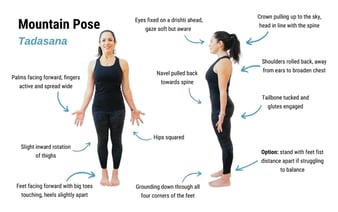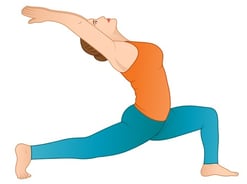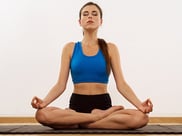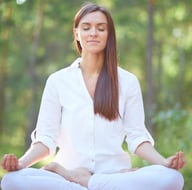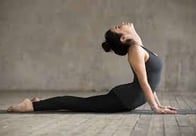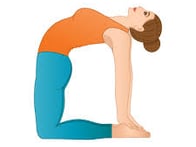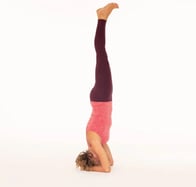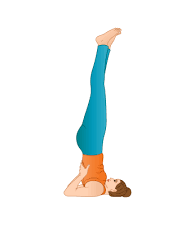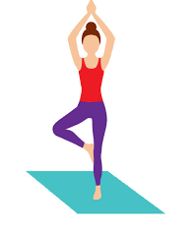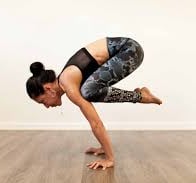ABOUT YOGA
Yogasanas are the physical postures or positions practiced in yoga. The term "asana" comes from the Sanskrit word "āsana," meaning seat or posture, and is used to describe the positions that practitioners assume to engage in yoga practices, including meditation, breathing exercises, and physical exercise. The ultimate goal of yogasanas is to cultivate physical health, mental peace, and spiritual awareness.
Here’s a breakdown of key elements about yogasanas :
Types of Yogasanas
1. Standing Poses:
o Tadasana (Mountain Pose): A foundational pose that involves standing tall with feet together, arms at the sides, and focusing on posture.
o Virabhadrasana (Warrior Pose): Strengthens the legs, opens the hips and chest, and improves balance.
2. Seated Poses:
o Sukhasana (Easy Pose): A simple seated posture for meditation and breathing exercises.
o Padmasana (Lotus Pose): A traditional seated posture with crossed legs, ideal for deep meditation.
3. Backbends:
o Bhujangasana (Cobra Pose): A backbend that strengthens the spine and opens the chest.
o Ustrasana (Camel Pose): A deep backbend that stretches the entire front of the body.
4. Inversions:
o Sirsasana (Headstand): A powerful inversion pose that benefits circulation, balance, and concentration.
o Sarvangasana (Shoulder Stand): An inversion that enhances the flow of energy in the body.
5. Balance Poses:
o Vrikshasana (Tree Pose): A balancing posture that improves stability and concentration.
o Bakasana (Crow Pose): A challenging arm balance that strengthens the arms, wrists, and core.
6. Twists:
o Ardha Matsyendrasana (Half Lord of the Fishes Pose): A seated twist that improves spinal flexibility and digestion.
o Marichyasana (Marichi's Pose): A seated twist that stretches the back and improves flexibility.
7. Restorative Poses:
o Child’s Pose (Balasana): A resting pose that stretches the back and calms the mind.
o Savasana (Corpse Pose): A final relaxation pose, often done at the end of a yoga session to allow the body and mind to integrate the practice.
Benefits of Practicing Yogasanas
Physical Benefits:
Improves flexibility, strength, and balance.
Helps with posture and spinal alignment.
Increases circulation and boosts energy levels.
Aids in digestion and detoxification.
Mental Benefits:
Reduces stress and anxiety.
Enhances mental clarity and focus.
Promotes relaxation and calmness.
Improves mindfulness and concentration.
Spiritual Benefits:
Develops awareness of the body and mind.
Enhances connection with one's inner self.
Prepares the mind for meditation and deeper spiritual practices.
Basic Guidelines for Practicing Yogasanas
1. Start Slowly: Especially for beginners, it’s important to start with simpler postures and gradually progress to more advanced asanas.
2. Focus on Breathing: In yoga, movement and breath go hand-in-hand. Ensure that you breathe deeply and consciously as you move through each posture.
3. Warm-Up: Before diving into intense postures, do a warm-up to prepare your body and prevent injury.
4. Listen to Your Body: Never push yourself beyond your limits. Yoga is about awareness and balance, not force.
5. Consistency: Regular practice is key to experiencing the benefits of yoga. Even short sessions can be impactful.
Yoga Styles Based on Yogasanas
Different styles of yoga focus on specific aspects of yogasana practice:
Hatha Yoga: A slow-paced style, focused on basic postures and holding them for longer periods.
Vinyasa Yoga: A dynamic and flowing style that links breath with movement, incorporating more challenging asanas.
Ashtanga Yoga: A more structured style with a set sequence of postures done in a specific order.
Iyengar Yoga: Focuses on precise alignment in each asana, often using props like blocks and straps for support.
Yogasanas are not just about the physical practice but also about cultivating mental focus and inner peace. They prepare the body and mind for meditation, which is the deeper aspect of yoga. If you’re new to practicing, it’s best to start with a few basic poses and gradually build your strength, flexibility, and understanding of the practice.
